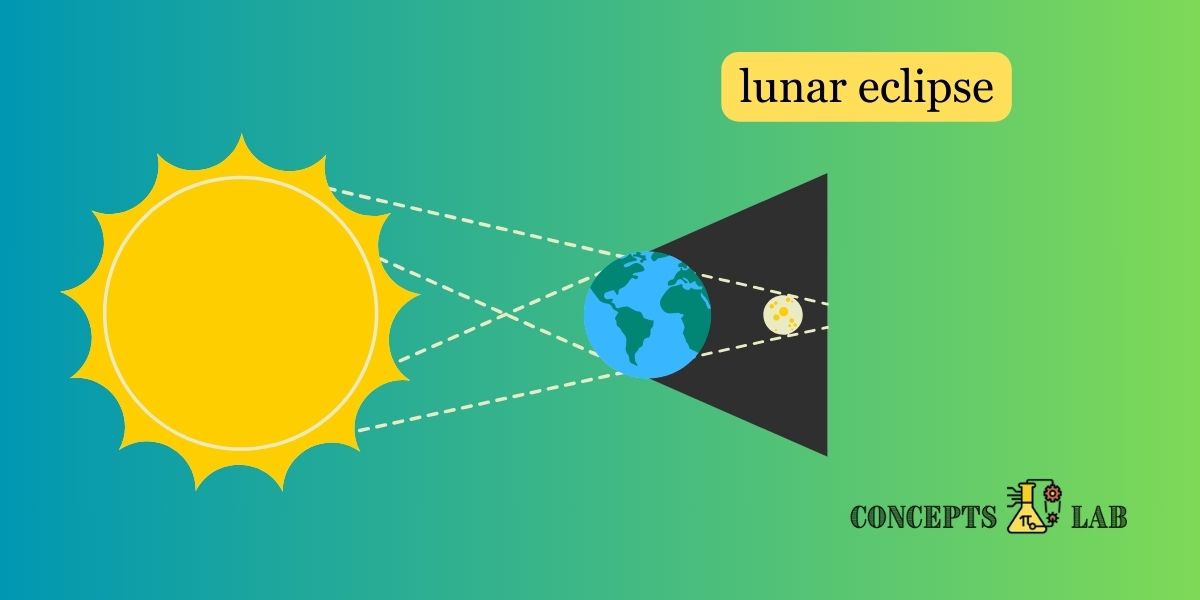A lunar eclipse is a celestial event that occurs when the Earth comes directly between the Sun and the Moon, causing the Earth’s shadow to be cast on the Moon. Here’s a breakdown of lunar eclipses:
**1. Alignment of Sun, Earth, and Moon:
- A lunar eclipse occurs during the Full Moon phase when the Sun, Earth, and Moon align in a straight line.
**2. Shadow Play:
- As the Earth comes between the Sun and the Moon, it casts its shadow on the Moon. This shadow has two parts: the penumbra (a lighter outer shadow) and the umbra (a darker inner shadow).
**3. Types of Lunar Eclipses:
- There are three main types of lunar eclipses: penumbral, partial, and total. In a penumbral lunar eclipse, the Moon passes through the Earth’s penumbral shadow, causing a subtle shading on its surface. In a partial lunar eclipse, a part of the Moon enters the Earth’s umbra, creating a partial darkening. In a total lunar eclipse, the entire Moon passes through the Earth’s umbra, resulting in a spectacular reddish glow known as a “blood moon.”
**4. Blood Moon Effect:
- During a total lunar eclipse, the Moon doesn’t completely disappear; instead, it takes on a reddish or coppery hue. This happens because some sunlight passes through Earth’s atmosphere and bends, casting a warm glow on the Moon. It’s like the Moon is blushing!
**5. Frequency:
- Lunar eclipses are more common than solar eclipses. They can occur a couple of times a year, and they are visible from any location on the nighttime side of the Earth where the Moon is above the horizon.
**6. Viewing a Lunar Eclipse:
- Unlike solar eclipses, lunar eclipses are safe to view with the naked eye. You don’t need special glasses. Just find a comfortable spot and enjoy the show as the Earth’s shadow gracefully moves across the Moon.
**7. Length of Eclipse:
- A lunar eclipse can last for several hours, from the moment the Moon enters the Earth’s penumbral shadow until it completely exits the umbra.
**8. Global Event:
- Lunar eclipses are observable from anywhere on the nighttime side of the Earth where the Moon is visible. People from different parts of the world can witness the same lunar eclipse.
**9. Historical and Cultural Significance:
- Throughout history, lunar eclipses have been observed and noted by various cultures. They have often been interpreted with cultural, religious, or symbolic significance.
**10. Stunning Beauty:
- Lunar eclipses are not only scientifically interesting but also visually stunning. The sight of a fully eclipsed Moon bathed in a reddish glow is a captivating experience that has fascinated people for centuries.


No responses yet